|
Well, my professional cyclists and wannabees...here's the proof! These screenshots are from my new study looking at the in-shoe plantar pressures that occur while cycling and the effects of orthotic intervention with my Spin cycling orthotic. I collected these 07-28-09 using Pedar by Novel, Corival V2 Lode BV cycle, Shimano Dura-ace clipless pedals and professional Nike cycling shoes. Load, pace, and duration was 400Watts at 90RPM for 15seconds. I will run parametrics and descriptive analysis soon. There are only a handful of studies that have been published on this topic so watch for much more from the Graceyfeet crew. 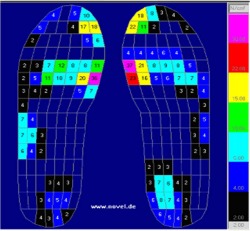 Mean peak plantar pressures during cycling in carbon fiber soled bike shoes. Notice the high pressures around the 1st met head and the small surface area. Biking with these types of verticle forces going through the foot would inevitably cause overuse injuries such as metatarsalgia, plantar fasciitis, and neuromas. 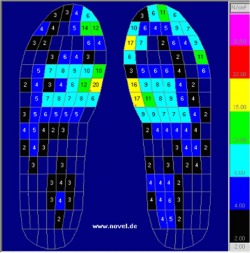 Mean Peak Plantar Pressures in carbon fiber soled bike shoes using a SPIN style orthotic. Increased surface area employed and plantar pressures are dramatically lower using my design. There is little to zero chance of injury with forces being this low. This makes a huge difference after a 2 hour training session (or a 21 stage tour!).
0 Comments
If you ask an orthotist or pedorthist their secret to success, you'll hear multiple answers; good planning, hard work, accurate biomachanical analysis, but each one will pounce at the opportunity to share why their materials selections are the reason their devices work better and last longer than their competition. Materials, strictly speaking, are the reason a device works or fails. And by device, i mean a particular effect produced by an element included in the construction of the orthotic. There must be something in your wardrobe that brings you joy, relaxation, and comfort in an article of clothing only you can see. I have a nightshirt that began life as a vacation T-shirt, relegated to a bar-b-que weekend shirt relegated to a running shirt relegated to a carwashing rag. Let me tell you there's very little that softens a cotton t-shirt better than agitation against a 10 year-old paint job with sun-warmed soapy hosewater. A couple years later I found this shirt in a bucket in the garage, dried and hardend, and tossed it in the wash with some shop towels. Fluffed in the dryer, this much used shirt has climbed back into the rotation as an exemplary sleepshirt that i care for and cherish. But I would never let a soul see it other than my wife. 'Cause that bad boy is shredded, moldstained, and downright fugly! But wearing it makes me feel like a prince in the fanciest silk pajamas. I work in carbon fiber. It's light, strong, and maintains a stiffness based on thickness that if tweaked juuuust right, provides a spring of energy return at the moment the proximal tibia advances over the toes. It's not toe-off i'm concerned with, it's the assistance of the body's COG to get forward. By the time the heel is off the gound is too late. But if I can help the heel to rise from the return of energy stored by pronation in the mid-foot, my mission has been accomplished. These orthotics are all you need. I mean really, in 10 years i've made thousands of orthotics and 80% had these attributes: 4 degrees of intrinsic hindfoot post, a neutral arch, and 2 degrees of forefoot post. What changed? top cover materials, amounts, and shapes. |
Chris Gracey MPT, Cped
Archives
October 2015
Categories
All
|
Follow Graceyfeet on Facebook and Twitter
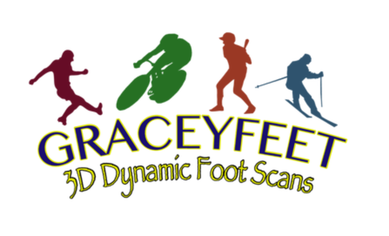
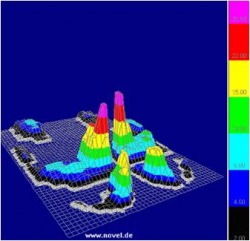
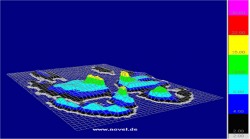
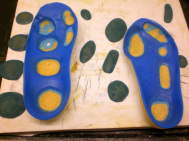
 RSS Feed
RSS Feed
